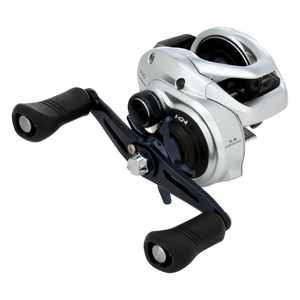Skip to product grid
-

 Vendor:Shimano
Vendor:ShimanoShimano TranX "A" Baitcaster Reel
Regular price From $439.99 CADRegular price





